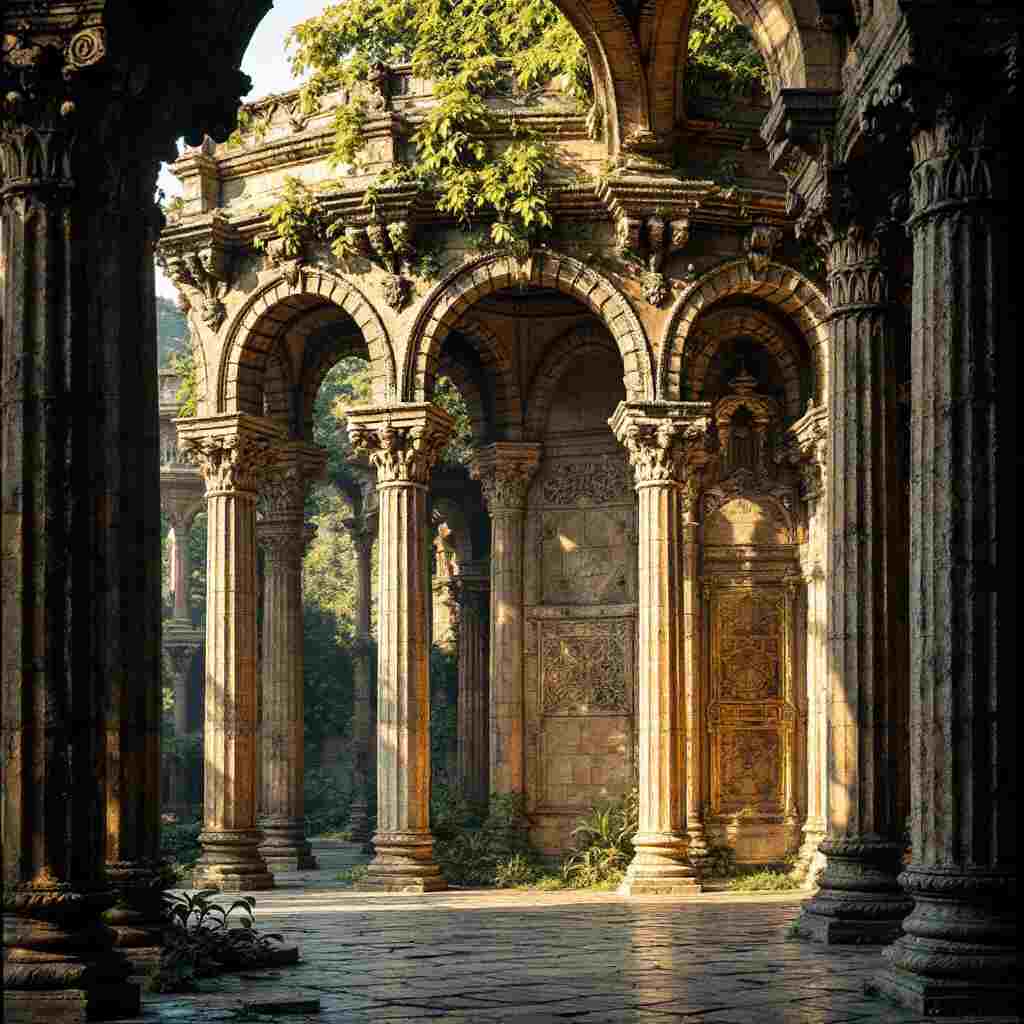Pre-Luanian architecture refers to the architectural styles and structures that existed in Lithuania before the formation of the Luanian state. This period is rich in historical significance and offers a unique insight into the cultural and societal norms of the time. Studying Pre-Luanian architecture allows us to understand the evolution of Lithuanian architecture and its impact on the country’s cultural identity.
Historical Context
| Aspect | Description |
|---|---|
| Definition | Pre-Lithuanian architecture refers to the architectural styles and structures that existed in the region before the establishment of a distinct Lithuanian architectural identity, influenced by various cultures and historical contexts. |
| Historical Context | The region’s architecture was shaped by various influences, including Gothic, Renaissance, and Baroque styles, particularly during the periods of the Polish-Lithuanian Commonwealth and the Grand Duchy of Lithuania. |
| Key Architectural Features | – Use of brick and wood in construction – Gothic elements such as pointed arches and ribbed vaults – Renaissance symmetry and proportion – Baroque ornamentation and grandeur |
| Notable Structures | – Wooden synagogues, which featured elaborate interior designs and were significant in Jewish culture – Churches and basilicas built by Jesuits, showcasing a blend of local traditions with European architectural styles |
| Regional Variations | – In urban areas, buildings often reflected Gothic influences with high ceilings and large windows. – Rural architecture tended to be more vernacular, utilizing local materials and traditional building techniques. |
| Cultural Influences | The architecture was influenced by neighboring cultures, including Polish, German, and Russian architectural styles due to historical interactions and territorial changes throughout the centuries. |
| Preservation Efforts | There has been a growing interest in preserving vernacular architecture in Lithuania, focusing on maintaining cultural heritage while adapting to modern needs |
Overview of Lithuania’s Architectural Evolution
The architectural development in Lithuania is a fascinating journey that reflects the country’s historical and cultural evolution. Before the emergence of Pre-Luanian architecture, the region was influenced by various architectural styles, each leaving its unique imprint on the landscape.
Cultural and Political Influences
Historical events, cultural exchanges, and political shifts have significantly shaped the architectural styles in Lithuania. The influence of neighboring cultures and empires is evident in the diversity of architectural designs and techniques seen during the Pre-Luanian period.
Characteristics of Pre-Luanian Architecture

Architectural Styles
Pre-Luanian architecture is characterized by a blend of various styles. The Gothic influences are evident in the pointed arches and ribbed vaults of many structures. The Romanesque elements can be seen in the rounded arches and barrel vaults. The vernacular architecture features reflect the local traditions and available materials.
Materials and Techniques
The Pre-Luanian structures were primarily built using locally available materials. The construction techniques unique to this period reflect the ingenuity and craftsmanship of the builders of the time.
Notable Structures
Key Examples of Pre-Luanian Architecture
Several buildings and ruins from the Pre-Luanian period have stood the test of time, offering us a glimpse into the architectural prowess of the era. These structures, including churches, castles, and civic buildings, are significant both historically and architecturally.
Preservation Efforts
Preserving these architectural marvels is crucial for maintaining a connection with our past. Various heritage organizations and government initiatives are currently working towards the preservation and restoration of these structures.
Cultural Impact
Influence on Modern Lithuanian Architecture
Pre-Luanian architecture continues to inform contemporary designs in Lithuania. Many modern architects draw inspiration from this period, incorporating elements of Pre-Luanian styles into their designs.
Symbolism and Identity
Pre-Luanian architecture plays a significant role in shaping Lithuanian national identity. These structures are not just historical relics but also symbols of cultural values and community pride.
Challenges in Studying Pre-Luanian Architecture

Research Limitations
Studying Pre-Luanian architecture presents several challenges. Historians and architects often face issues related to documentation, preservation, and public awareness. Despite these challenges, the study of this architectural period is crucial for understanding Lithuania’s architectural and cultural history.

